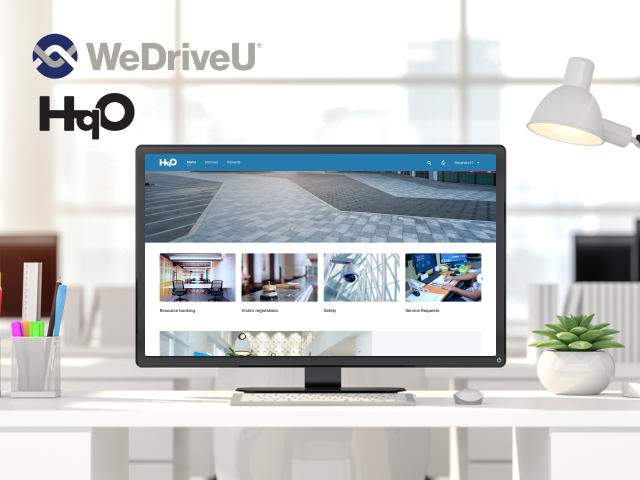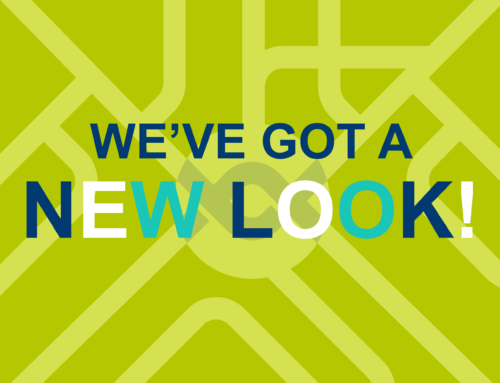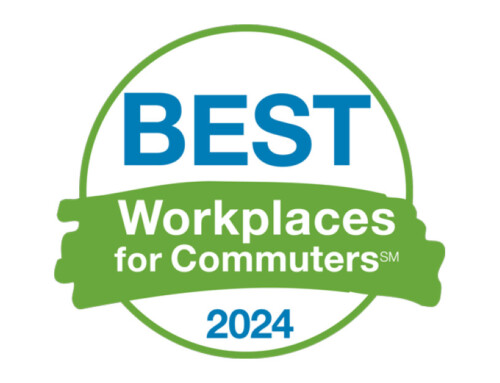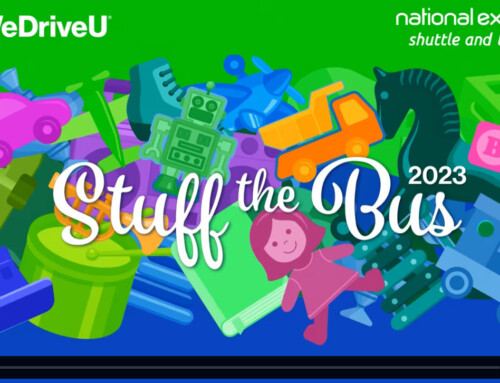Getting Smart With Transportation: How PropTech Will Shape Commutes of the Future
Guest viewpoint from HqO on thinking outside the office
 At HqO, we know that the future of commercial real estate lies in creating building communities that offer real value to the workforce, not just a physical space. As creators of CRE’s only end-to-end operating system, we’ve seen a shift in value from focusing on office buildings themselves to a more tenant-centric model.
At HqO, we know that the future of commercial real estate lies in creating building communities that offer real value to the workforce, not just a physical space. As creators of CRE’s only end-to-end operating system, we’ve seen a shift in value from focusing on office buildings themselves to a more tenant-centric model.
PropTech — a combination of “property” and “technology” — has become the term of choice to describe the broad landscape of technology used in and around commercial real estate buildings. Prior to 2020, the commercial real estate industry was already in the midst of redefining operations for a new generation of property technology adoption, including the transformation of commuting as we know it.
The use of such technology was already enhancing employee commutes with solutions supporting complimentary shuttle services to and from offices, as well as real-time in-app shuttle tracking that recommends the fastest and most convenient times to begin a commute. Additionally, the growing emphasis on “smart” and “healthy” buildings continues to grow in commercial real estate, which will undoubtedly extend to occupant commutes as well.
A recent McKinsey study highlights that prior to the pandemic, commuters valued time savings and convenience more than privacy concerns. Naturally, COVID-19 has shifted preferences towards health and safety concerns: now, though these variables are still valued, having a commute that has a low risk of infection is more important. As EY states in a recent report, 2020 has intensified the need for technology solutions to accommodate a more seamless and safe workplace experience, including those that happen outside of office buildings.
Transportation needs are sure to keep evolving as businesses continue to seek additional ways to ease their employees’ commute journey through technology. As Sean Huonker, East Coast Business Development Manager at WeDriveU — a HqOS Marketplace partner focused on shuttle transportation solutions — remarked: “Getting to or from work shouldn’t be the most anxiety-ridden part of your day.”
“Getting to or from work shouldn’t be the most anxiety-ridden part of your day.” – Sean Huonker, WeDriveU
What we’ve seen
HqO’s operating system for tenant experience allows our clients to easily leverage our “plug and play” partner technologies through the HqOS Marketplace. The Marketplace features transportation technology companies such as TransitScreen, allowing customers — including several WeDriveU shuttle programs — to integrate real-time shuttle tracking into their building app. Currently, live shuttle tracking is operating in 11 HqO properties.
An additional real-world example of transportation strategy comes from HqO client Jamestown who, prior to the pandemic, sought to eliminate commute stress for tenants of the Innovation and Design Building in Boston’s Seaport District. Jamestown offered complimentary shuttle services from major transportation hubs in the city and leveraged the HqO integration that connected the shuttle’s onboard GPS devices to an in-app tracking feature. Jamestown was able to alleviate the hassle of public transportation while supporting the open tenant-focused communication that they foster throughout their building experience.
Across the pond in London’s Spitalfields Market, HqO client J.P. Morgan also sought to create a better experience for shoppers while also helping retailers suffering from the negative industry impacts of the pandemic. Via the Spitalfields app, they provided access to commuter options through the TransitScreen integration that allows users to plan their best route to and from the market by offering live local transport information. This functionality also highlights nearby Santander bikes, docking stations, and the number of bikes available at each station. This supports the move towards increased use of micromobility transportation for safe and sustainable commuting.
What we can expect
As with most of the new advancements COVID-19 has brought, technologies established during the pandemic will continue to push the future of transportation and modern-day commuting forward. A recent WeDriveU webcast highlighted research by Wells + Associates and Newmark to understand challenges for property managers in the office sector who are managing multi-tenant properties. The data reveals property managers are concerned about a decrease in accessibility from public transit, but are even more concerned about an increase in demand for on-site parking (32% of property managers surveyed from 300 properties nationally) and an increase in demand for bicycle-related infrastructure (28% of property managers surveyed from 300 properties nationally).
“As with most of the new advancements COVID-19 has brought, technologies established during the pandemic will continue to push the future of transportation and modern-day commuting forward.”
In the same vein, based on our observations and conversations with clients, there are a few trends that we can expect to see in the short- and long-term:
- Possible integrations with parking operations technologies to assist with the increased adoption of personal transportation due to COVID-19
With the move towards safer and more private methods comes additional challenges for properties. For instance, urban-area HqO clients have expressed that a large number of occupants are opting to drive to work, forgoing the city public transportation systems that were used by almost all tenants prior to the pandemic. However, within a city setting such as San Francisco, the client now faces many logistical challenges to accommodate this trend. These hurdles come anywhere from the billing and allocation of parking spaces to touchless solutions to finding spaces for tenants when a garage or lot is at capacity or does not exist.
- Surge in micromobility popularity
In highly-populated cities, clear alternatives to public transportation include either shared or personal electric scooters and bicycles. In particular, the increase of bicycle-goers has skyrocketed so much that manufacturers are facing a continued shortage of bikes. In the mid-to long-term future, McKinsey predicts that shared and personal micromobility transportation options will be preferred over public transportation due to an increased awareness of hygiene and environmental impacts. In accordance with this trend, McKinsey also predicts that cities will invest more in bicycle infrastructure as an alternative to private-car travel. Micromobility popularity is also rising as a focus on corporate sustainability continues to rise — since these help to create active, more environmentally-friendly ways to commute to work.
- Environmental impacts
The COVID-19 pandemic is not the only global crisis on people’s minds lately — the rapidly increasing rate of climate change is cause for alarm everywhere, and transportation plays a key role in environmentally-conscious thinking. The decrease in commutes everywhere has led to drastic environmental benefits that commuters likely will want to continue: in 2020, U.S. greenhouse gas emissions fell 10.3%, the largest drop in emissions in the post-World War II era. As the return to offices will continue to be gradual in the coming year or so, commuting benefits such as less traffic congestion on major roads will continue to improve commutes. Additionally, the webcast identified “Sustainable Mobility” among the top 5 transportation trends for 2021, based on growing interest from organizations to electrify their commuter fleets and properties seeking new ways to bolster their sustainability vision and maintain LEED status.
Get smart with transportation today
Clearly, commuting norms have changed drastically in the past year. If commercial real estate is going to address every aspect of the modern-day tenant experience, landlords must think outside of the office to commutes and everything in-between. From seamless property technology integrations to on-site amenities that accommodate micromobility options, property owners can channel renewed focus on the tenant experience from driveway to desk.
To learn more about HqO and our best-in-class technology and services partners, visit our website today.
Guest blog post published with permission from HqO. Opinions expressed are those of the author who is responsible for the representations, accuracy, completeness and validity of statements within the post.





